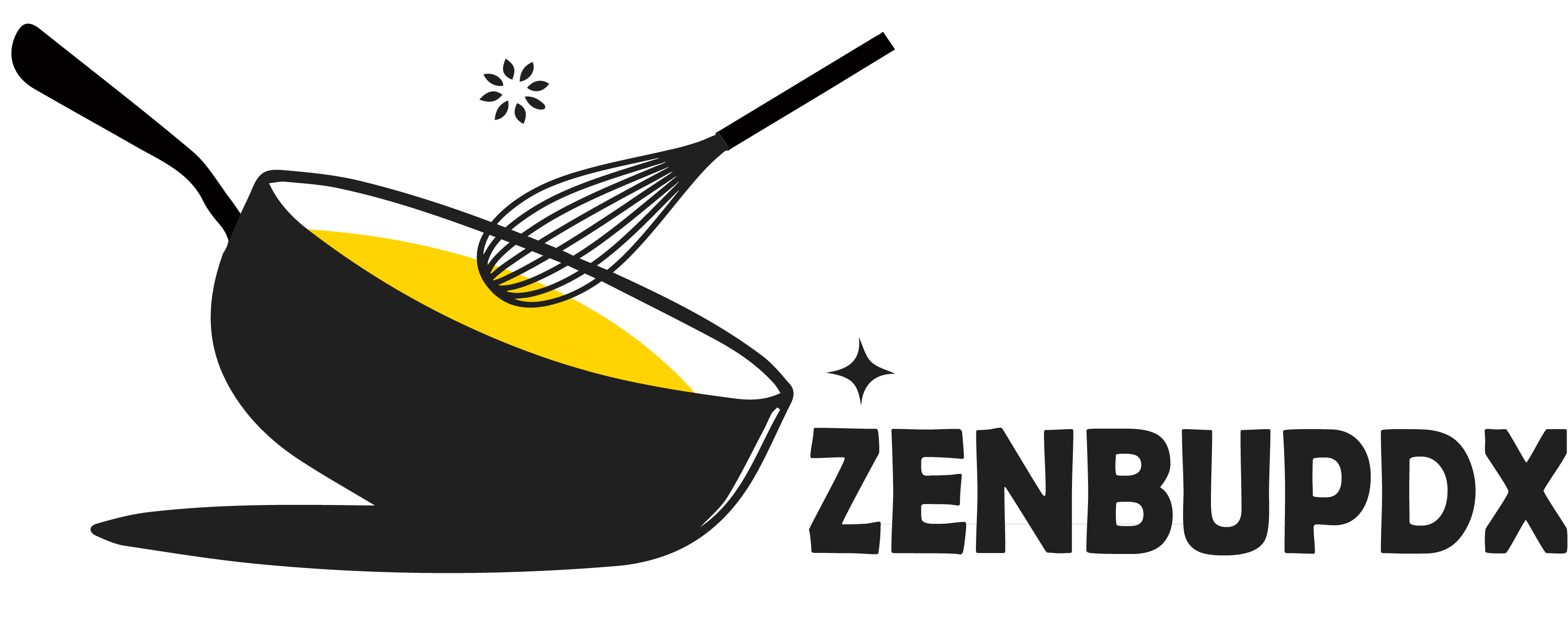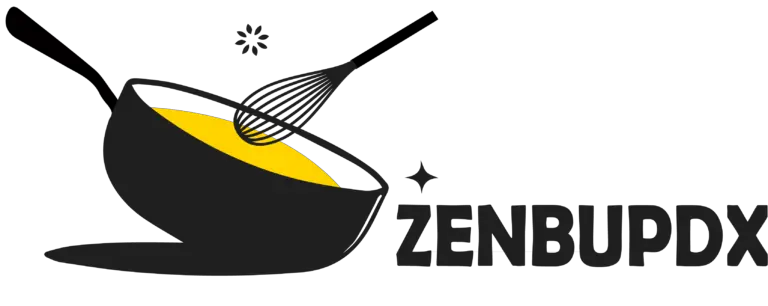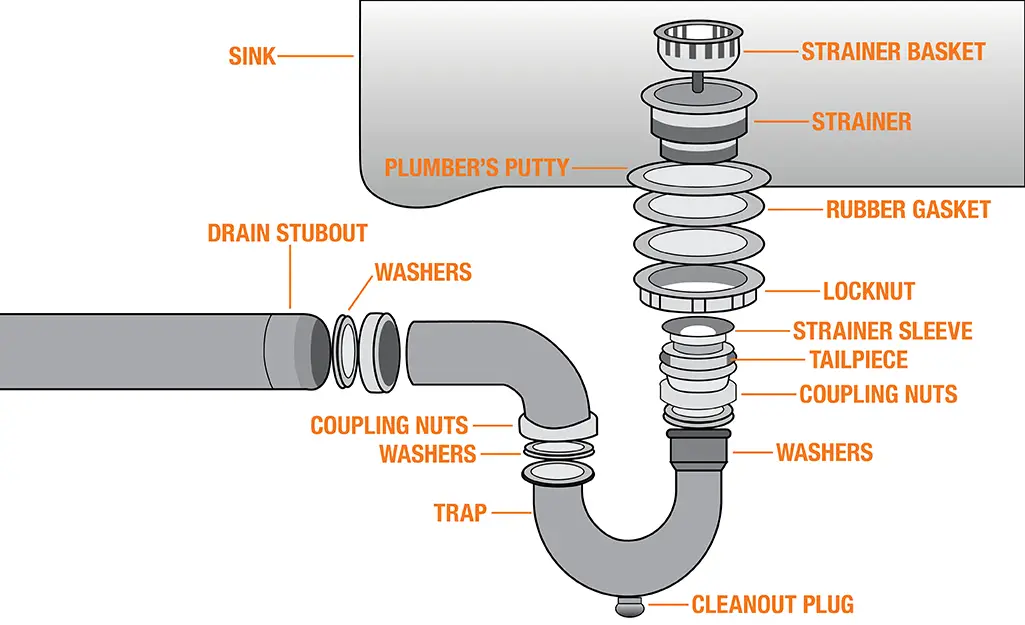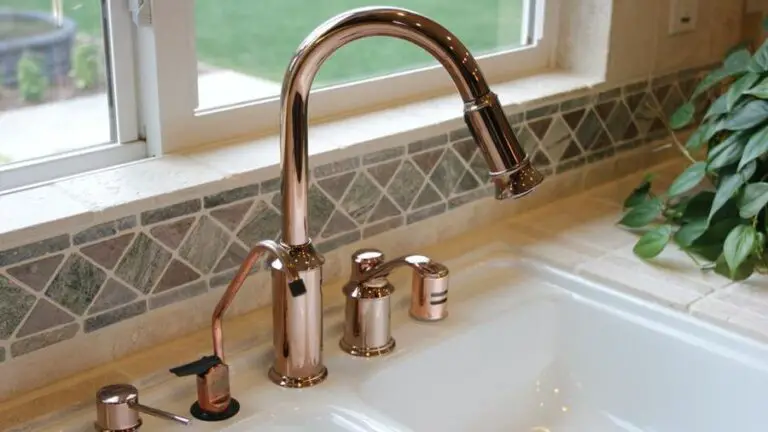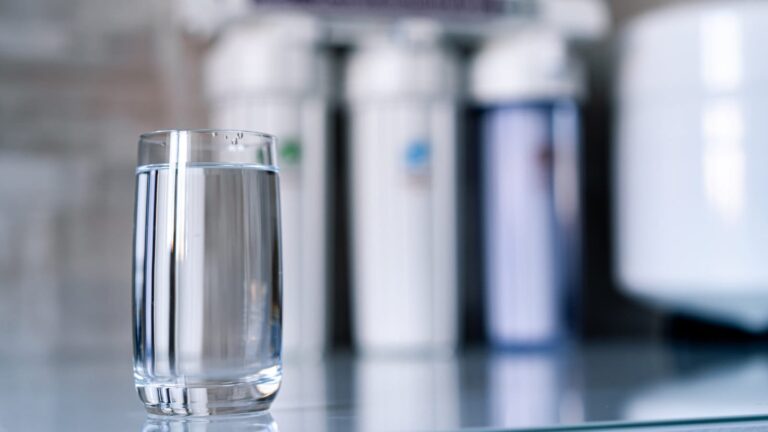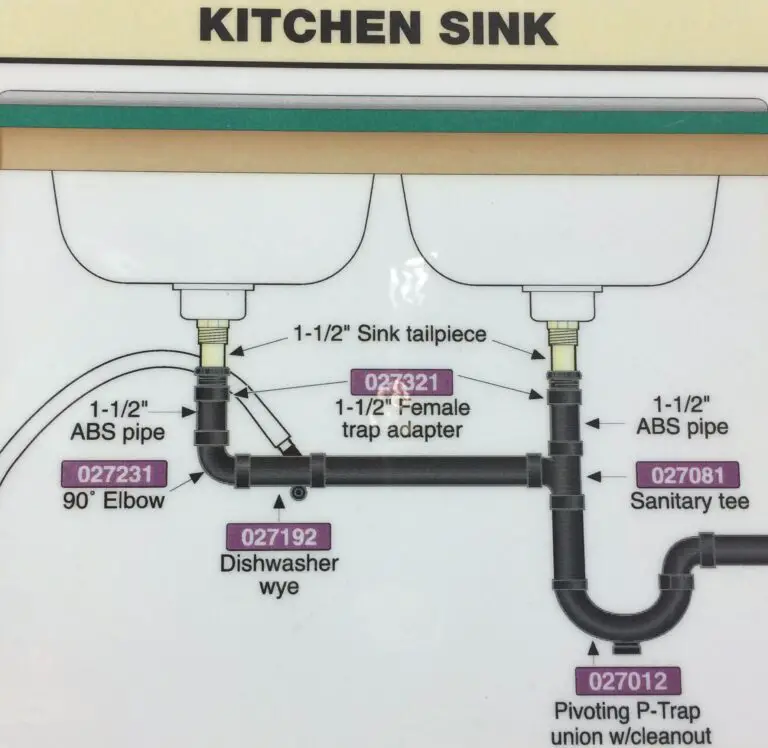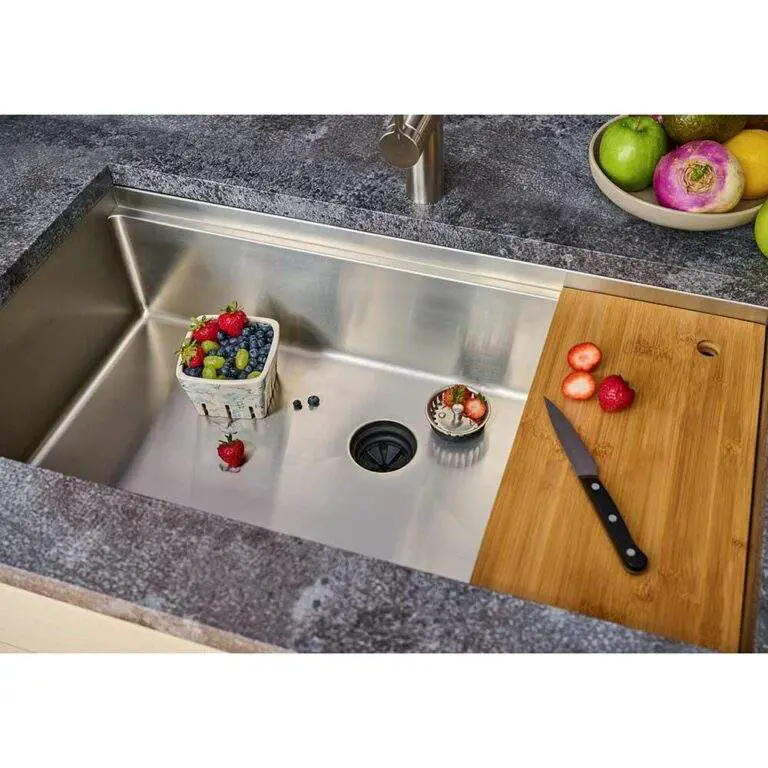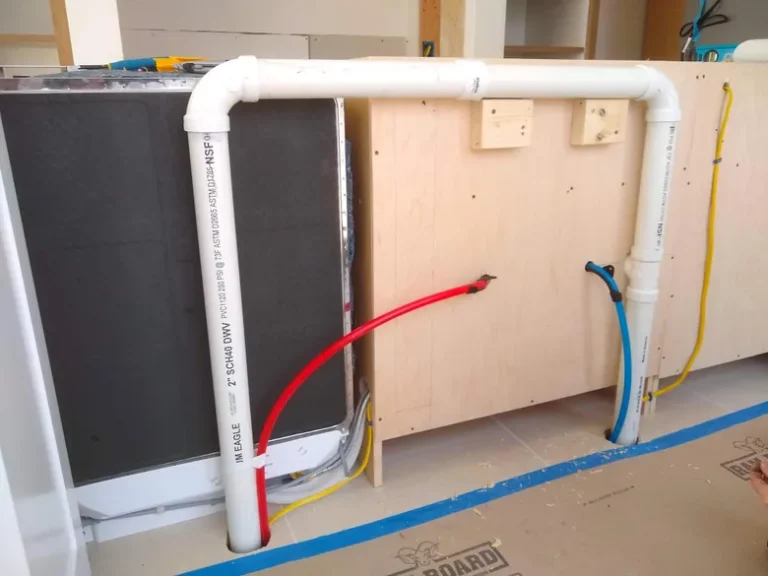Parts of a Kitchen Sink Plumbing: Essential Guide
The main parts of a kitchen sink plumbing include the drain, P-trap, and water supply lines. These components ensure proper water flow and waste removal.
Understanding the parts of a kitchen sink plumbing is essential for homeowners. A well-functioning sink relies on several key components working together. The drain directs wastewater away from the sink, while the P-trap prevents sewer gases from entering the home.
Water supply lines deliver hot and cold water to the faucet. Knowing these parts can help in troubleshooting common plumbing issues. Regular maintenance and timely repairs ensure your kitchen sink operates efficiently. This knowledge is crucial for both DIY enthusiasts and those seeking professional help. A well-maintained kitchen sink enhances both functionality and hygiene in your home.
Introduction To Kitchen Sink Plumbing
The kitchen sink is a vital part of every home. Understanding its plumbing can save time and money. It helps in quick fixes and better maintenance. This guide will help you learn about the parts of a kitchen sink plumbing system.
Importance Of Knowing Your Sink’s Anatomy
Knowing your sink’s anatomy is crucial for several reasons. It helps you identify issues early. You can also perform simple repairs yourself. This knowledge saves you from costly plumber visits. You will also have a better understanding during kitchen renovations.
Basic Components Overview
The kitchen sink plumbing system consists of several parts. Each part has a unique role. Below is an overview of the basic components:
| Component | Description |
|---|---|
| Faucet | The faucet is where water flows out. It can be controlled by handles or sensors. |
| Sink Basin | The sink basin is the bowl that holds water. It can be made of various materials like stainless steel, porcelain, or granite. |
| Strainer | The strainer prevents food and debris from entering the drain pipe. |
| Trap | The trap holds water to block sewer gases from entering your home. It is usually a P-shaped pipe. |
| Tailpiece | The tailpiece connects the sink to the trap. It is a vertical pipe. |
| Shut-off Valves | These valves control the water supply to the faucet. They are located under the sink. |
| Water Supply Lines | These lines carry hot and cold water to the faucet. They are usually flexible hoses. |

Credit: www.homedepot.com
The Faucet: More Than Just A Spout
The faucet is the centerpiece of your kitchen sink. It is not just a spout that delivers water. A faucet can be a design statement. It can also offer functionality that makes your kitchen tasks easier.
Types Of Faucets
Choosing the right faucet means knowing the different types available. Each type has its own features and benefits.
- Single-Hole Faucets: These are easy to install and use. They have a single lever for water control.
- Centerset Faucets: These are compact and fit well in small spaces. They have two handles and a spout in a single unit.
- Widespread Faucets: These offer flexibility in placement. The handles and spout are all separate.
- Pull-Down Faucets: These have a spray head that pulls down into the sink. They are great for washing large pots and pans.
- Pull-Out Faucets: These are similar to pull-down faucets but are more compact. They are good for small sinks.
- Wall-Mounted Faucets: These are attached to the wall above the sink. They free up counter space and are easy to clean around.
Common Faucet Features
Modern faucets come with a variety of features that enhance their usability and convenience.
| Feature | Description |
|---|---|
| Touchless Technology | These faucets turn on and off with a wave of your hand. They are great for maintaining hygiene. |
| Spray Options | Many faucets offer multiple spray settings. This can include stream, spray, and pause options. |
| Water Filtration | Some faucets come with built-in water filters. This provides clean drinking water directly from your tap. |
| Temperature Control | Advanced models allow you to set precise water temperatures. This is useful for tasks that require specific temperatures. |
| LED Indicators | These lights can show the water temperature. They change color based on whether the water is hot or cold. |
Choosing the right faucet can transform your kitchen. It can make daily tasks easier and more enjoyable.
Sink Basin: The Central Work Area
The sink basin is the heart of your kitchen. It’s where most of the action happens. From washing dishes to prepping vegetables, the sink basin is essential. Understanding its materials and shapes can help you choose the best one for your kitchen.
Materials And Shapes
Choosing the right material for your sink basin is crucial. Different materials offer varying levels of durability, aesthetics, and maintenance needs. Below is a table summarizing common materials:
| Material | Pros | Cons |
|---|---|---|
| Stainless Steel | Durable, Easy to Clean | Can Scratch, Noisy |
| Ceramic | Elegant, Stain-Resistant | Can Chip, Heavy |
| Granite Composite | Scratch-Resistant, Stylish | Expensive, Needs Sealing |
The shape of your sink basin also matters. Different shapes serve different needs:
- Single Basin: Great for large pans and pots.
- Double Basin: Ideal for multitasking.
- Farmhouse: Deep and wide, perfect for big families.
Maintenance Tips
Proper maintenance can extend the life of your sink basin. Here are some tips:
- Clean Regularly: Wipe down the basin daily to avoid stains.
- Use Mild Cleaners: Harsh chemicals can damage the surface.
- Avoid Scratches: Use a sink mat to protect the basin.
- Seal Stone Sinks: Granite and other stone sinks need sealing.
By following these tips, your sink basin will remain in top condition, making your kitchen tasks easier and more enjoyable.
Drain Assembly: Pathway For Waste Water
The drain assembly in your kitchen sink is a crucial component. It ensures waste water flows out smoothly, preventing clogs and leaks. Understanding the parts of this system can help maintain a functional and efficient kitchen.
Components Of The Drain
The drain assembly includes several parts:
- Sink Strainer: This catches food particles and debris.
- Tailpiece: Connects the strainer to the drain pipe.
- P-Trap: Holds water to prevent sewer gases from entering the home.
- Trap Arm: Connects the P-Trap to the wall drain.
Each component plays a vital role. They work together to ensure waste water flows out efficiently. The sink strainer catches debris, which prevents clogs. The tailpiece and trap arm guide the water to the drain. The P-Trap holds water to block sewer gases.
Preventing Clogs And Leaks
Regular maintenance can prevent clogs and leaks:
- Clean the sink strainer daily to remove debris.
- Flush the drain with hot water weekly.
- Check the P-Trap for leaks monthly.
- Tighten loose connections to avoid leaks.
Using a sink strainer can catch food particles. This prevents them from entering the drain. Flushing the drain with hot water helps clear minor clogs. Checking the P-Trap for leaks ensures it functions properly. Tightening connections can prevent water from escaping, reducing the risk of leaks.
P-trap: The Odor Preventer
The P-Trap is a crucial part of kitchen sink plumbing. It plays a key role in preventing bad odors from entering your home. This simple, yet effective, device traps water in a U-shaped bend. This water creates a barrier that keeps sewer gases out.
Function Of The P-trap
The P-Trap’s main function is to create a water seal. This seal stops sewer gases from escaping into your kitchen. The bend in the P-Trap holds water. This standing water acts as a barrier against odors.
Another important function is to catch small debris. Items like food particles or rings can get trapped. This prevents clogs further down the drain. The P-Trap makes it easier to retrieve lost items.
| Function | Details |
|---|---|
| Odor Prevention | Keeps sewer gases out by creating a water seal |
| Debris Catcher | Traps small items to prevent clogs |
Troubleshooting P-trap Issues
Sometimes, the P-Trap can have issues. Common problems include leaks, clogs, and dry traps. Here are some steps to troubleshoot:
- Check for Leaks: Inspect the P-Trap for any visible leaks. Tighten any loose connections.
- Clear Clogs: Use a plunger or snake to remove clogs. You can also disassemble the P-Trap to clean it.
- Refill the Trap: If the trap is dry, run water to refill it. This will restore the water seal.
Regular maintenance can prevent most P-Trap issues. Inspect and clean the P-Trap periodically to ensure it functions properly.
Garbage Disposal: Managing Kitchen Waste
Garbage disposals are essential for managing kitchen waste. They grind up food scraps, making them easy to wash down the drain. This keeps your kitchen clean and reduces trash.
How Garbage Disposals Work
A garbage disposal is installed under the sink. It connects to the drain and the electrical system. When turned on, it uses spinning blades to grind food scraps. Water helps wash the ground waste through the pipes.
| Part | Function |
|---|---|
| Grinding Chamber | Holds food waste while blades grind it |
| Impellers | Spin to grind the food waste |
| Motor | Powers the grinding blades |
| Drain | Carries ground waste away |
Do’s And Don’ts Of Using Disposals
Proper use of a garbage disposal extends its life. Follow these tips to keep it running smoothly:
- Do: Run cold water before and after using the disposal.
- Do: Cut large food scraps into smaller pieces.
- Do: Use the disposal regularly to prevent rust.
To avoid damage, follow these don’ts:
- Don’t: Put non-food items in the disposal.
- Don’t: Pour grease or oil down the disposal.
- Don’t: Grind fibrous foods like celery or corn husks.
Remember these tips for a long-lasting garbage disposal. Regular maintenance ensures it works well every time you use it.
Water Supply Lines: The Lifelines To Your Faucet
The water supply lines are critical to your kitchen sink. They connect your home’s water supply to your faucet. Without them, your sink would be just a dry basin. Understanding these lines helps you maintain a functional kitchen.
Types Of Supply Lines
There are various types of water supply lines. Each has its own benefits and drawbacks.
| Type | Material | Benefits |
|---|---|---|
| Braided Stainless Steel | Stainless Steel | Durable, flexible, and resistant to corrosion |
| PVC | Plastic | Inexpensive and easy to install |
| Copper | Copper | Long-lasting and resistant to bacteria |
Signs Of Supply Line Issues
Knowing the signs of supply line issues can prevent major problems. Here are some indicators:
- Low water pressure: This could mean a blockage or a kink in the line.
- Leaks: Water puddles under the sink may indicate a leak.
- Rust: Rust on the lines suggests they need replacing soon.
- Noisy pipes: If you hear banging, there might be trapped air or loose parts.
Regular inspections help you catch these issues early. This ensures a smooth water flow to your faucet.

Credit: www.pinterest.com
Air Gaps And Dishwasher Connections
The kitchen sink plumbing system is more intricate than it appears. Two critical components are the air gaps and dishwasher connections. These ensure your kitchen functions smoothly and safely. Let’s dive into the details of these essential elements.
Understanding Air Gaps
An air gap is a small, yet crucial, part of your kitchen sink plumbing. It prevents dirty water from backflowing into the clean water supply. This is vital for maintaining hygiene and safety in your kitchen.
The air gap device is typically mounted on the sink or countertop. It includes an inlet and an outlet, with an air space in between. This gap ensures that contaminated water can’t siphon back into the dishwasher or water supply.
Installing an air gap is essential if you have a dishwasher. It acts as a safeguard, ensuring that dirty water never mixes with your clean dishes. Make sure to check local plumbing codes, as air gaps are often a requirement.
Integrating Dishwashers Into Sink Plumbing
Integrating a dishwasher into your kitchen sink plumbing involves a few key steps. Proper connection is vital for the appliance to function correctly and safely.
First, locate the dishwasher drain hose. This hose connects the dishwasher to the sink drain or garbage disposal. Ensure it is securely attached and free of kinks or blockages.
Next, install the air gap if required. Connect the dishwasher drain hose to the air gap’s inlet. Attach the outlet of the air gap to the sink drain or garbage disposal.
Lastly, secure all connections with clamps to prevent leaks. Regularly inspect these connections to ensure they remain tight and free of wear and tear.
Here’s a quick checklist for integrating your dishwasher:
- Locate the dishwasher drain hose.
- Install an air gap if necessary.
- Connect the drain hose to the air gap inlet.
- Attach the air gap outlet to the sink drain.
- Secure all connections with clamps.
- Inspect regularly for leaks or wear.
By following these steps, you ensure your dishwasher operates efficiently and safely. Proper integration also extends the lifespan of your kitchen plumbing system.
Maintaining Your Sink Plumbing
Keeping your kitchen sink plumbing in good condition is essential. It prevents leaks, clogs, and costly repairs. Regular maintenance also ensures a smooth and efficient kitchen workflow.
Regular Cleaning Routines
Regular cleaning of your sink plumbing is crucial. It helps avoid blockages and keeps everything flowing smoothly.
- Clean the sink strainer: Remove food debris daily to prevent clogs.
- Flush the drains: Use hot water weekly to keep pipes clear.
- Use baking soda and vinegar: Once a month, pour a mixture down the drain to remove buildup.
Cleaning under the sink is also important. Check for leaks and wipe down surfaces to prevent mold and mildew.
When To Call A Professional
Sometimes, issues arise that require professional help. Knowing when to call a plumber can save you time and money.
| Signs | Action |
|---|---|
| Persistent clogs | Call a plumber for deep cleaning. |
| Leaking pipes | Get professional repair to avoid water damage. |
| Bad odors | Consult a plumber to check for hidden issues. |
Do not ignore these signs. Prompt action can prevent bigger problems and keep your kitchen running smoothly.
Customizing Your Sink Setup
Customizing your kitchen sink setup can make daily tasks easier. It can also add a touch of personal style. Simple upgrades and innovative accessories can transform your sink into a versatile workspace.
Upgrading Components
Upgrading your kitchen sink components can enhance functionality. Start with the faucet. A high-arc faucet provides more space for washing large pots. Touchless faucets offer a hands-free experience, reducing the spread of germs.
Consider replacing your drain assembly. Modern drain assemblies can prevent clogs and improve water flow. A pop-up drain assembly is user-friendly and easy to clean.
The garbage disposal unit is another essential upgrade. A powerful disposal unit can handle food scraps efficiently. Choose a model with a noise-reduction feature for a quieter kitchen.
Innovative Sink Accessories
Innovative sink accessories can make your kitchen tasks more efficient. A roll-up dish drying rack is a versatile addition. It can be used for drying dishes or rinsing fruits and vegetables.
Sink grids protect your sink from scratches. They also provide a flat surface for rinsing and draining. Choose a stainless steel grid for durability and easy cleaning.
A pull-out spray hose can add flexibility to your faucet. It makes rinsing and washing easier. Look for a hose with multiple spray options for added convenience.
Don’t forget about soap dispensers. Built-in soap dispensers keep your countertop clutter-free. They are easy to refill and use.
| Component | Upgrade | Benefit |
|---|---|---|
| Faucet | High-arc, Touchless | More space, Hygienic |
| Drain Assembly | Pop-up | Easy to clean |
| Garbage Disposal | Noise-reduction | Quieter kitchen |
Common Problems And Solutions
The kitchen sink is a vital part of any home. Many issues can arise with its plumbing. Knowing common problems and their solutions can save time and money. Below, we explore common issues like leaky faucets and drain blockages. We also provide solutions for these problems.
Leaky Faucet Fixes
A leaky faucet is annoying. It wastes water and raises your utility bills. Identifying the cause is the first step in fixing it.
- Worn-out washers: Replace these to stop the leak.
- Damaged O-rings: These small rings often cause leaks. Replacing them can solve the problem.
- Corroded valve seats: Clean or replace the valve seats to fix the issue.
Each of these fixes requires basic tools. Most homeowners can handle these tasks easily.
Clearing Drain Blockages
Blocked drains are another common issue. They can cause water to back up and create foul odors. Clearing drain blockages involves a few simple steps.
- Remove debris: Use a plunger to dislodge any blockage.
- Use a drain snake: Insert the snake to break up clogs further down the drain.
- Apply a natural cleaner: Mix baking soda and vinegar. Pour it down the drain. This can help break down organic material.
If these steps don’t work, it may be time to call a professional plumber. Persistent blockages might indicate a more serious issue.
Ensuring Longevity Of Sink Plumbing
Proper care and maintenance of kitchen sink plumbing ensure its longevity. This not only saves money on repairs but also promotes a more sustainable home environment. Below are some best practices and resources to help you maintain your kitchen sink plumbing effectively.
Best Practices For Sustainability
Adopting sustainable practices for sink plumbing can make a huge difference. Here are some tips:
- Regular Inspection: Check for leaks and clogs monthly.
- Use Strainers: Install strainers to catch food particles.
- Avoid Chemicals: Use natural cleaners like baking soda and vinegar.
- Fix Leaks Promptly: Address any leaks immediately to prevent water wastage.
- Proper Disposal: Do not pour grease or oil down the drain.
Resources For Further Learning
For those interested in learning more, here are some valuable resources:
| Resource | Description |
|---|---|
| EPA WaterSense | Guidelines for water efficiency and conservation. |
| Family Handyman | DIY plumbing tips and tutorials. |
| Plumbing.org | Comprehensive plumbing resources and articles. |
These resources provide valuable information on maintaining and enhancing your kitchen sink plumbing.

Credit: www.angi.com
Frequently Asked Questions
What Are The Parts Of A Sink Drain Called?
A sink drain consists of several parts: the strainer, tailpiece, P-trap, trap arm, and drain line. These components ensure proper water flow and prevent clogs.
What Are The Pipes Under The Kitchen Sink Called?
The pipes under the kitchen sink are called the drain pipe and the supply lines. The drain pipe removes wastewater, while the supply lines bring in fresh water.
What Connects The Sink To The Drain?
The sink connects to the drain through a pipe called the P-trap. This pipe prevents sewer gases from entering.
What Are The Parts Of A Kitchen P-trap?
A kitchen P-trap consists of a curved trap bend, trap arm, tailpiece, slip nuts, and washers. These parts connect the sink drain to the waste line.
What Are The Main Parts Of A Kitchen Sink?
A kitchen sink consists of a faucet, basin, drain pipe, P-trap, and supply lines.
Conclusion
Understanding the parts of kitchen sink plumbing is essential for maintenance and repairs. Proper knowledge can prevent costly damages. Regular inspections ensure a smooth-running kitchen. Keep these components in mind for a hassle-free experience. A well-maintained sink contributes to a clean, efficient kitchen environment.
Stay informed and proactive for optimal results.
